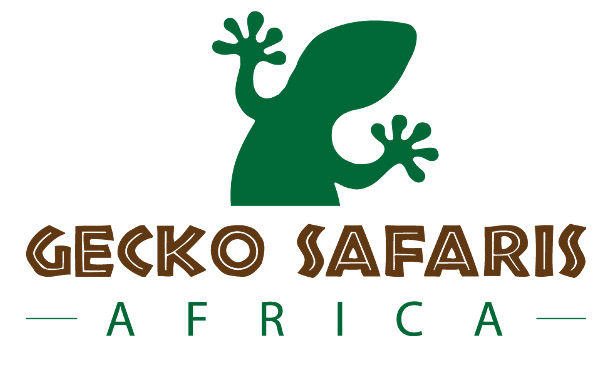Meru National Park: A Hidden Gem of Kenya
Meru National Park is one of Kenya’s most captivating and often overlooked wildlife destinations. Located in the eastern part of the country, near the base of the majestic Mount Kenya, the park offers an excellent combination of stunning landscapes, diverse ecosystems, and abundant wildlife.
Location and History
Meru National Park lies approximately 350 kilometers northeast of Nairobi, covering an area of about 870 square kilometers.
The park’s diverse landscape is made up of wooded hills, open plains, and riverine forests, creating a natural haven for wildlife. The park is named after the Meru people, who are indigenous to the region.
Historically, Meru National Park was one of the first places where the “Born Free” movie was filmed, which tells the story of Elsa the Lioness, an iconic lion raised by humans and later released into the wild.
However, for many years, the park faced challenges such as poaching and inadequate management. Since then, concerted conservation efforts have brought the park back to life, and it is now a flourishing wildlife haven once again.
Wildlife in Meru National Park
Meru National Park is home to a wide array of wildlife. The park supports both the big five and a variety of other animals, making it a fantastic destination for safari lovers. Here’s a glimpse of what you can expect:
Elephants
Meru is home to a sizable population of elephants, often seen in herds. The dense vegetation and various water sources make the park an ideal environment for these majestic creatures.
Big Cats
Lions, leopards, and cheetahs are found in Meru, offering excellent opportunities for predator sightings.
Buffalo and Rhinos
The park also features buffalos and black rhinos, with efforts to increase the population of rhinos through conservation.
Primates
Meru is home to the colobus monkeys, baboons, and a wide range of smaller mammals.
Birdlife
With over 300 species of birds, Meru is a birdwatcher’s paradise, especially around its river systems.
Activities to Do in Meru National Park
Game Drives
Meru is less crowded than some of Kenya’s more famous parks, making it ideal for a peaceful safari experience. Visitors can enjoy both day and night game drives to spot a variety of animals.
Birdwatching
The park’s rich vegetation, including swamps and forests, supports an impressive diversity of birdlife. Popular bird species include hornbills, eagles, and marabou storks.
Guided Nature Walks
For those seeking a more immersive experience, guided walking tours are available. These allow visitors to explore the park’s ecosystems and learn about its plant and animal life from expert rangers.
Camping
Meru offers a variety of camping options, from basic tented campsites to luxury safari lodges. Camping here is a great way to experience the park’s wilderness up close.
Fishing
The park has a few rivers, including the Tana River, which offers catch-and-release fishing for those looking to combine wildlife observation with some quiet fishing.
Cultural Visits
The park’s proximity to the Meru community provides an opportunity for cultural tourism. Visitors can interact with the local Meru people and learn about their rich traditions and heritage.
Conservation Efforts and Challenges
While Meru National Park has made a significant recovery over the past few decades, it still faces several challenges. Poaching and human-wildlife conflict remain ongoing concerns.
However, with the involvement of local communities and increased park management efforts, the future of the park looks promising.
Conservation programs have been introduced to monitor and protect endangered species such as the black rhino and African wild dog.
Best Time to Visit Meru National Park
The best time to visit Meru National Park is during the dry seasons from June to October and January to March. These months offer the best wildlife viewing, as animals tend to gather around waterholes.
The rainy season, which lasts from April to May and November to December, brings lush greenery and is perfect for birdwatchers and photographers looking for a different perspective.
Meru National Park is a hidden gem, offering visitors a chance to experience Kenya’s diverse wildlife and beautiful landscapes in a more intimate and less crowded environment.
Whether you’re a safari enthusiast, a photographer, or a nature lover, Meru provides an unforgettable adventure in the heart of Kenya. With its mix of wildlife, stunning scenery, and rich history, Meru is well worth a visit for those seeking something off the beaten path.






